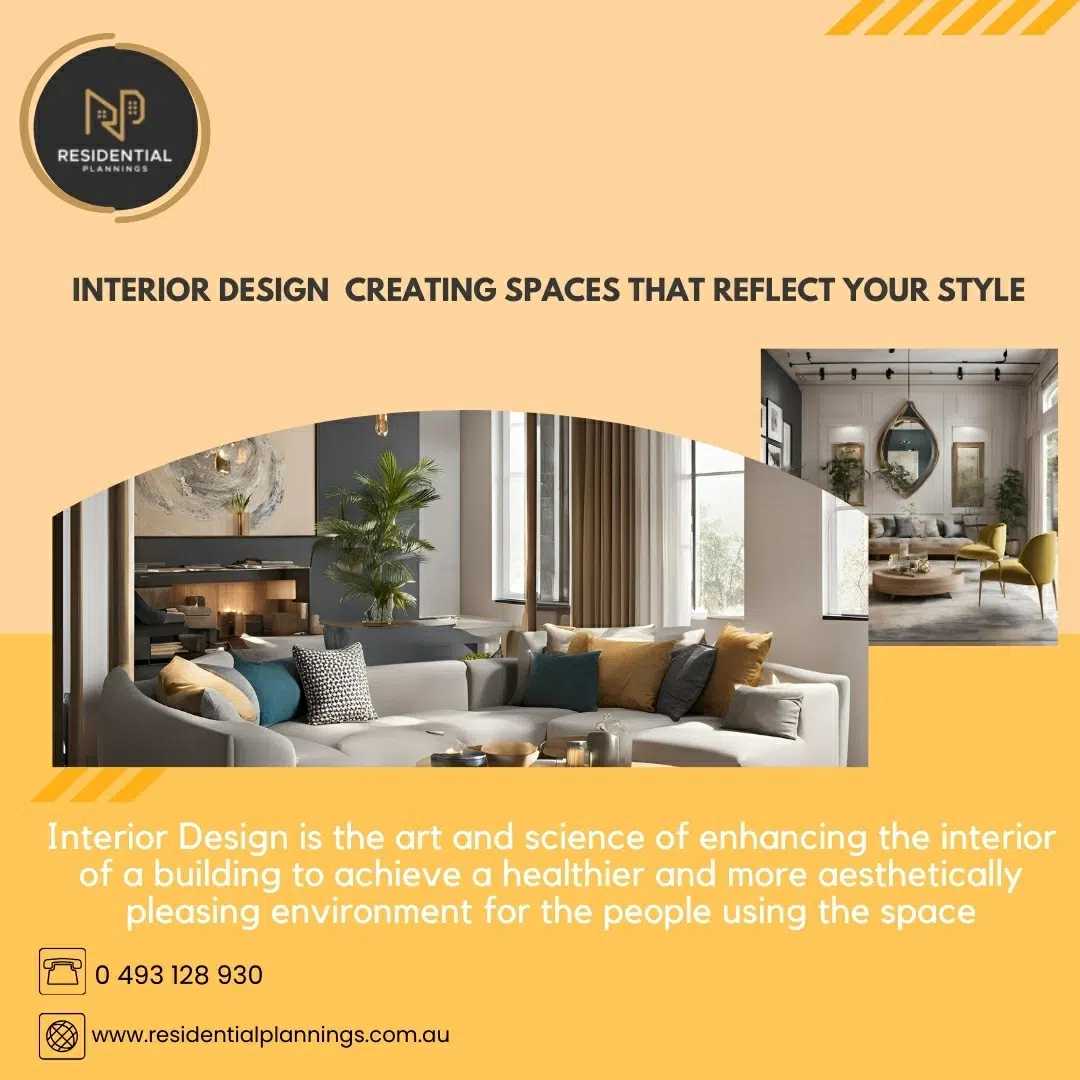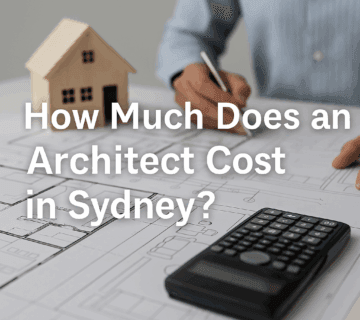Introduction
Interior Design is the art and science of enhancing the interior of a building to achieve a healthier and more aesthetically pleasing environment for the people using the space. This field involves a multifaceted approach that includes conceptual development, space planning, site inspections, programming, research, and communicating with stakeholders in the design process. The ultimate goal of Interior Design is to create spaces that reflect the individual style and needs of the occupants. In this comprehensive guide, we will explore various aspects of Interior Design, focusing on creating personalized spaces that are both functional and stylish. We will also delve into the unique aesthetic of interior art deco and how it can be incorporated into modern designs.
The Fundamentals of Interior Design
Understanding Interior Design
Interior Design is not just about making a space look good; it’s about making it functional, comfortable, and reflective of the owner’s personality. It encompasses a range of elements including color schemes, furniture, lighting, textures, and spatial arrangements. Each of these components plays a crucial role in creating a cohesive and harmonious environment.
The Role of an Interior Designer
An Interior Designer works closely with clients to understand their needs, preferences, and lifestyle. They then translate this information into a design plan that optimizes the use of space while ensuring that it is aesthetically pleasing. Interior Designers must be knowledgeable about building codes, health and safety regulations, and universal accessibility standards to create safe and functional spaces.
The Interior Design Process
The Interior Design process typically involves several stages:
- Initial Consultation: Understanding the client’s needs and preferences.
- Concept Development: Creating a vision and design concept that aligns with the client’s style.
- Design Planning: Detailed planning of space, including furniture layouts, color schemes, and material selection.
- Execution: Coordinating with contractors and suppliers to bring the design to life.
- Final Touches: Adding finishing touches to ensure the space is perfect.
Personalizing Your Space
Assessing Your Style
The first step in creating a personalized interior design is assessing your style. Do you prefer a modern, minimalist look, or are you drawn to classic, traditional designs? Perhaps you enjoy the bold, geometric patterns of interior art deco. Understanding your preferences is key to creating a space that feels uniquely yours.
Functional Needs
While aesthetics are important, functionality should never be overlooked. Consider how you use each space in your home. For example, a kitchen should be designed for efficiency, while a living room should offer comfort and entertainment options. An effective Interior Design plan will balance form and function to meet your daily needs.
Color Schemes
Color is a powerful tool in Interior Design. It can influence mood, create a sense of space, and tie different elements together. When choosing a color scheme, consider the following:
- Personal Preferences: Choose colors you love and that make you feel good.
- Room Function: Use colors that suit the purpose of the room (e.g., calming blues for a bedroom, energizing yellows for a kitchen).
- Harmony: Ensure that the colors you choose work well together and create a cohesive look throughout your home.
Furniture and Decor
Selecting the right furniture and decor is crucial in Interior Design. Each piece should complement your overall style and serve a purpose. Consider the following tips:
- Quality over Quantity: Invest in high-quality pieces that will stand the test of time.
- Mix and Match: Don’t be afraid to mix different styles and eras. A modern sofa can look great with a vintage coffee table.
- Personal Touches: Add items that reflect your personality, such as family photos, travel souvenirs, or artwork.
Exploring Interior Art Deco
The History of Interior Art Deco
Interior art deco is a style that emerged in the 1920s and 1930s, characterized by bold geometric patterns, rich colors, and luxurious materials. This style was a reaction against the austerity of World War I, embracing opulence and modernity. It drew inspiration from various sources, including ancient Egyptian and Aztec cultures, as well as the machine age.
Key Elements of Interior Art Deco
To incorporate interior art deco into your home, consider the following elements:
- Geometric Patterns: Bold, symmetrical patterns are a hallmark of this style. Look for wallpapers, rugs, and fabrics with geometric designs.
- Luxurious Materials: Use materials such as lacquer, chrome, glass, and exotic woods to add a touch of luxury.
- Bold Colors: Art deco interiors often feature rich colors like emerald green, ruby red, and sapphire blue, paired with black, white, and gold accents.
- Streamlined Furniture: Furniture in the art deco style is often sleek and streamlined, with curved edges and smooth surfaces.
Incorporating Interior Art Deco into Modern Spaces
While interior art deco is a historical style, it can be seamlessly integrated into modern interiors. Here are some tips:
- Accent Pieces: Incorporate art deco elements through accent pieces such as mirrors, lamps, and cushions.
- Feature Walls: Create a focal point with a bold, geometric wallpaper or a statement piece of art.
- Mix with Modern: Combine art deco elements with contemporary furniture and decor to create a unique, eclectic look.
Room-by-Room Interior Design Tips
Living Room
The living room is often the heart of the home, a place for relaxation and socializing. Here are some Interior Design tips for creating a stylish and functional living room:
- Seating Arrangements: Arrange seating to facilitate conversation and ensure comfort. Consider a mix of sofas, armchairs, and ottomans.
- Lighting: Use a combination of ambient, task, and accent lighting to create a warm and inviting atmosphere.
- Focal Point: Create a focal point, such as a fireplace, large window, or piece of art, to anchor the room.
Kitchen
The kitchen is a space that requires careful planning to ensure it is both functional and attractive. Consider the following Interior Design tips:
- Work Triangle: Ensure that the sink, stove, and refrigerator form a work triangle for efficient meal preparation.
- Storage: Maximize storage with cabinets, drawers, and pantry space. Consider open shelving for easy access to frequently used items.
- Materials: Choose durable, easy-to-clean materials for countertops, backsplashes, and flooring.
Bedroom
A bedroom should be a sanctuary, a place where you can unwind and recharge. Here are some Interior Design ideas for creating a restful bedroom:
- Color Scheme: Choose calming colors such as blues, greens, and neutrals to create a serene environment.
- Bedding: Invest in high-quality bedding for comfort and luxury. Layer with throws and cushions for added coziness.
- Lighting: Use a combination of ambient, task, and accent lighting. Consider dimmable lights to adjust the mood.
Bathroom
A well-designed bathroom can be a relaxing retreat. Consider these Interior Design tips for a stylish and functional bathroom:
- Fixtures: Choose sleek, modern fixtures that complement the overall design.
- Storage: Maximize storage with cabinets, shelves, and baskets to keep the space organized.
- Materials: Use water-resistant materials such as tiles and stone to ensure durability and easy maintenance.
Home Office
With more people working from home, a functional and inspiring home office is essential. Here are some Interior Design tips for creating an effective workspace:
- Ergonomics: Choose an ergonomic chair and desk to support good posture and comfort.
- Lighting: Ensure that the space is well-lit with a combination of natural and artificial light.
- Organization: Keep the space organized with storage solutions such as filing cabinets, shelves, and desk organizers.
Trends in Interior Design
Sustainable Design
Sustainability is a growing trend in Interior Design. More designers and homeowners are prioritizing eco-friendly materials and practices to reduce their environmental impact. Consider the following sustainable design practices:
- Recycled Materials: Use recycled or upcycled materials for furniture and decor.
- Energy Efficiency: Choose energy-efficient lighting, appliances, and HVAC systems.
- Natural Materials: Opt for natural, renewable materials such as bamboo, cork, and organic cotton.
Smart Home Technology
The integration of smart home technology is becoming increasingly popular in Interior Design. Smart devices can enhance convenience, security, and energy efficiency. Consider incorporating the following technologies:
- Smart Lighting: Use smart bulbs and lighting systems that can be controlled remotely or set on a schedule.
- Smart Thermostats: Install a smart thermostat to optimize heating and cooling and reduce energy consumption.
- Home Automation: Use a home automation system to control various aspects of your home, such as security, lighting, and entertainment.
Multifunctional Spaces
With the rise of smaller living spaces and open-plan layouts, multifunctional spaces are a key trend in Interior Design. Consider the following tips for creating versatile areas:
- Flexible Furniture: Choose furniture that can serve multiple purposes, such as a sofa bed or an expandable dining table.
- Zoning: Use rugs, screens, and furniture arrangements to create distinct zones within an open-plan space.
- Storage Solutions: Maximize storage with built-in cabinets, wall-mounted shelves, and under-bed storage.
Biophilic Design
Biophilic design focuses on incorporating natural elements into the built environment to enhance wellbeing. This trend is gaining popularity in Interior Design for its health benefits. Consider the following biophilic design principles:
- Natural Light: Maximize natural light by using large windows, skylights, and glass doors.
- Indoor Plants: Incorporate indoor plants to improve air quality and add a touch of nature.
- Natural Materials: Use natural materials such as wood, stone, and wool to create a warm and inviting atmosphere.
Minimalism
Minimalism is a design philosophy that emphasizes simplicity, functionality, and the elimination of clutter. This trend continues to be popular in Interior Design for its clean and calming aesthetic.



